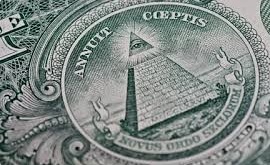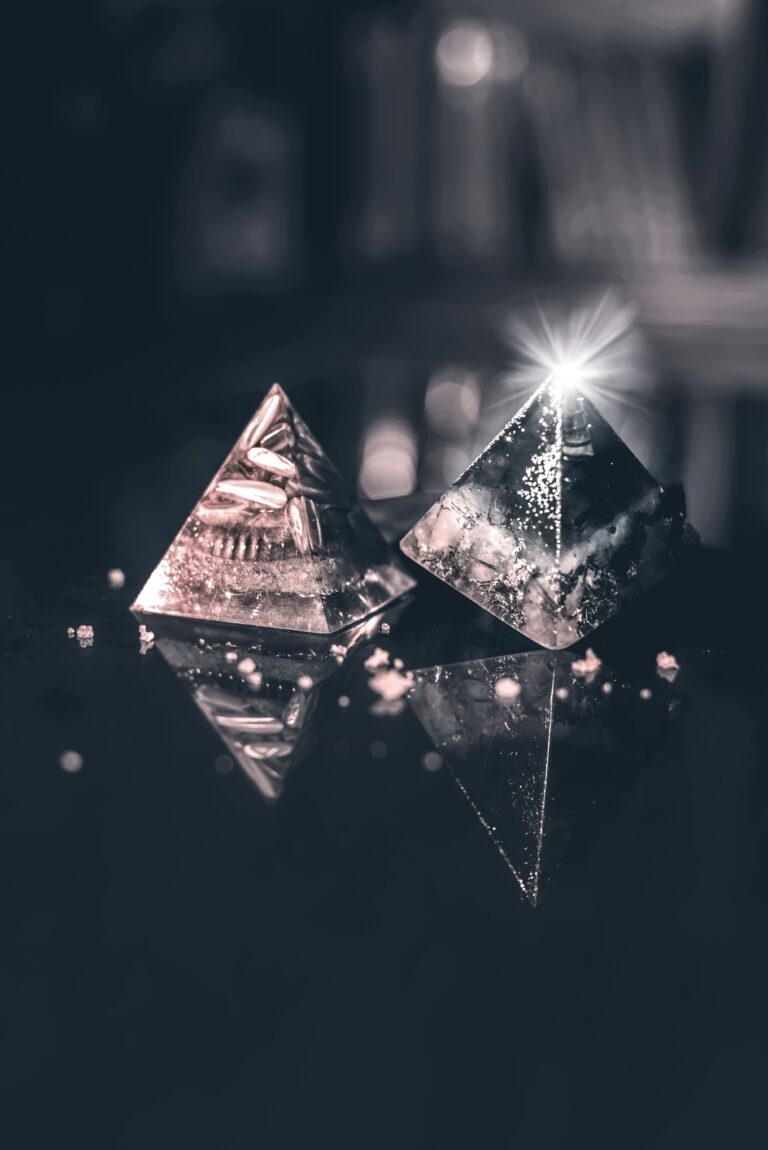
⚠️ Disclaimer (Read Before Proceeding)
The content of this article explores cultural and mystical concepts from Indian folklore and Tantric traditions. Practices and entities described here are not meant to be replicated and should not be attempted under any circumstances.
These ideas are symbolic, spiritual, and esoteric in nature, often reserved for highly initiated practitioners under strict lineage guidance. This article is intended for educational and informational purposes only.
The author is not a practitioner or Tantric guru and makes no claims regarding the efficacy, authenticity, or recommendation of any rituals or beliefs mentioned herein.
Introduction
Among the more obscure figures in Indian mystical tradition stands Karna Pishachini—an entity often described as a female spirit who whispers secret knowledge into the ear (“karna”) of those attuned to her presence. Her name evokes both mystery and fear, straddling the line between folklore and Tantra.
Far removed from horror fiction stereotypes, Karna Pishachini is considered by some to be a bearer of hidden knowledge, linked to ancient Tantric practices and the deep subconscious. In this article, we explore the origins, symbolism, and esoteric interpretations surrounding Karna Pishachini—without sensationalism or superstition, and grounded in responsible cultural context.
Who is Karna Pishachini?
The name Karna Pishachini is composed of two Sanskrit terms:
- Karna (कर्ण) – meaning “ear”
- Pishachini (पिशाचिनी) – feminine form of Pishacha, a supernatural being often described as a spirit or restless entity
In Tantric and occult literature, Karna Pishachini is said to whisper hidden truths, mantras, or spiritual insights directly into the practitioner’s ear during intense meditative states or specific ritual settings.
🧘♂️ She is not merely a ghost, but a symbolic representation of subconscious wisdom or inner voices—often personified as a spirit to convey the mystique of “unspoken” knowledge.
Cultural and Tantric Context
In Tantra, desire (kama) and fearsome imagery are not viewed through a moral lens, but as raw energy forms that, when properly understood and controlled, can lead to liberation (moksha). Karna Pishachini exists in this framework—not as an evil being—but as a spiritual gatekeeper to subtle knowledge.
Scholarly Perspectives:
- David Gordon White, in Tantra in Practice, discusses how fearsome spirits are used in Tantra to confront internal fears and illusions.
- Georg Feuerstein notes that many such entities in Tantric lore are symbolic guardians of knowledge, demanding both detachment and discipline.
These figures are not worshipped, but are sometimes invoked metaphorically in deep sadhana (spiritual practice) to challenge the seeker’s perception of reality.
Esoteric Symbolism of Karna Pishachini
Karna Pishachini is not a figure of literal “lust” or seduction. Rather, she represents the subtle, whispered truths of forbidden or hidden knowledge, accessible only to those who:
- Have undergone rigorous discipline
- Are under the direct guidance of a guru
- Have transcended superficial dualities such as good vs. evil, pleasure vs. pain
“Lust” as Spiritual Energy:
In authentic Tantric interpretation, kama (desire) is not indulged in, but transmuted into spiritual energy. The concept of lust here refers to:
- 🔥 Raw Shakti (energy) that must be refined
- 🧘 Symbolic union of consciousness and energy
- 🚫 Not physical intimacy, but inner transformation
⚠️ Important: These are highly esoteric ideas. Attempting to interpret them literally or without deep training can lead to confusion, harm, or misinterpretation.
Legends and Ritual Mentions
Some Tantric scriptures and oral traditions mention entities like Karna Pishachini appearing during midnight meditation or while chanting certain mantras in isolation. However, such rituals:
- Are not meant for the general public
- Require strict spiritual readiness
- Are always guided by a lineage-based guru
As per practitioners of the Kaula or Aghori traditions (documented in academic literature), these entities test the seeker’s ego, fear, and desire before allowing passage to deeper spiritual realms.
🕉️ “She whispers not to tempt, but to awaken the seeker from ignorance.”
Modern Relevance: Archetype, Not Entity
In modern spirituality and even popular media, Karna Pishachini is sometimes reimagined as:
- A symbol of suppressed feminine power
- A metaphor for repressed knowledge
- A character in horror fiction, where she is unfortunately misrepresented as a mere ghost or seductress
Such portrayals ignore the depth and symbolic complexity she represents in esoteric traditions. It is more accurate to interpret her as an archetype—like Jung’s “Shadow Anima”—rather than a being to be feared.
Scholarly Sources and References
- David Gordon White – Tantra in Practice (Princeton University Press)
- Georg Feuerstein – The Yoga Tradition
- Sir John Woodroffe (Arthur Avalon) – Shakti and Shakta
- Oral traditions cited in The Cultural Heritage of India (The Ramakrishna Mission)
- Alexis Sanderson – Research Papers on Śaiva Tantra
Conclusion
Karna Pishachini is not a figure of horror, nor of superstition. She is a symbol of esoteric wisdom—a spirit, yes, but not of darkness. She represents the hidden voice within, demanding introspection, spiritual preparation, and great caution.
Approaching such topics requires humility, cultural sensitivity, and academic integrity. Let us honor such narratives not through blind belief or fear, but through inquiry, respect, and deeper understanding.
About the Author
Sandeep is a content researcher and writer focused on Indian folklore, mythology, and spiritual traditions. He is not a practitioner of Tantra and this article is for informational and educational purposes only, based on scholarly literature and cultural documentation.









